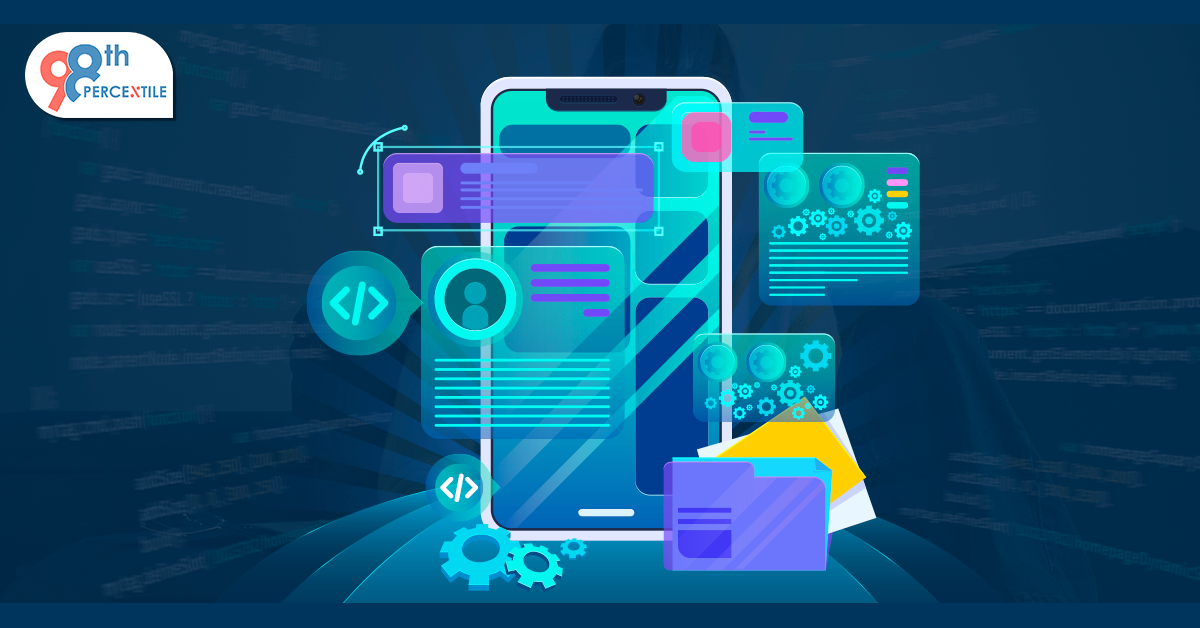In web development, selecting the appropriate architecture for an Application Programming Interface (API) is a crucial decision that can significantly influence the functionality, efficiency, and scalability of web applications. Two of the most prevalent API architectures in modern web development are REST (Representational State Transfer) and GraphQL. Both have their strengths and weaknesses and choosing between them depends on the specific requirements of your project. This article will explore the key differences between GraphQL and REST, aiming to provide insights to help you decide which is the best fit for your project.
Understanding REST
REST is a software architectural style that has been the standard for designing networked applications. It relies on a stateless, client-server communication model, utilizing HTTP protocols for actions (GET, POST, PUT, DELETE) on resources (data entities identified by URLs). REST APIs are simple and straightforward, using standard HTTP requests to create, read, update, and delete data.
Begin Your Child's Coding Adventure Now!
Pros of REST :
- Simplicity and Universality: REST uses standard HTTP methods, making it easy to understand and implement.
- Scalability: Due to its stateless nature, REST APIs can handle multiple requests efficiently, making them highly scalable.
- Flexibility: REST allows for the use of multiple data formats (JSON, XML, YAML), though JSON is the most popular.
Cons of REST:
- Over-fetching and Under-fetching: Clients may receive more data than needed (over-fetching) or need to make additional requests to fulfill a requirement (under-fetching), leading to inefficiency.
- Rigid Endpoints: Each endpoint in a REST API returns a fixed data structure, which can limit flexibility and control for the client.
Understanding GraphQL
Developed by Facebook in 2012 and open-sourced in 2015, GraphQL is a query language for APIs and a runtime for executing those queries by using a type system you define for your data. Unlike REST, which operates on the resource/endpoint model, GraphQL uses a single endpoint and clients can specify exactly what data they need in their queries.
Pros of GraphQL:
- Efficient Data Retrieval: Clients can request exactly what they need, avoiding over-fetching and under-fetching.
- Single Endpoint: GraphQL APIs use a single endpoint, simplifying the management of requests.
- Real-time Data with Subscriptions: GraphQL subscriptions support real-time data updates, ideal for applications that require instant data reflection.
Cons of GraphQL:
- Complexity: Implementing GraphQL can be complex, especially for those unfamiliar with its type system and query language.
- Performance Issues with Complex Queries: If not managed properly, complex queries can lead to performance issues on the server-side.
- Caching: Unlike REST, which can leverage built-in HTTP caching mechanisms, GraphQL caching is more challenging and often requires additional tools or strategies.
Choosing Between GraphQL and REST
The decision between GraphQL and REST depends on several factors:
- Project Requirements: If your application requires real-time data updates (e.g., a live chat application) or deals with complex systems where clients need to request specific data sets, GraphQL might be more suitable. For simpler applications where standard CRUD (Create, Read, Update, Delete) operations suffice, REST could be more appropriate.
- Development Resources: Consider the expertise of your development team. If they are more familiar with REST and your project does not require GraphQL's specific advantages, it may be prudent to stick with what your team knows best.
- Performance Considerations: Evaluate the nature of client requests and the impact on server performance. GraphQL's flexibility with data fetching is a significant advantage, but it requires careful management to prevent costly queries.
- Scalability Needs: Both REST and GraphQL can be scaled, but their approaches differ. REST's stateless operations make it inherently scalable, while GraphQL's single endpoint and complex queries might require more sophisticated scaling strategies.
Book 2-Week Coding Trial Classes Now!
Conclusion
Both REST and GraphQL offer compelling features for API development, each with its own set of advantages and challenges. REST is renowned for its simplicity, scalability, and universality, making it suitable for many web applications. On the other hand, GraphQL offers precise data fetching, real-time updates, and efficient handling of complex systems, catering to applications with specific needs for flexibility and efficiency in data retrieval.
Ultimately, the choice between GraphQL and REST should be based on the specific requirements of your project, the expertise of your development team, and the anticipated growth and scalability needs of your application. By carefully considering these factors, you can select the API architecture that best aligns with your project goals and ensures a robust, efficient, and scalable web application

 Students/Staff
Students/Staff Parents
Parents ElevatEd
ElevatEd




-Nov-18-2025-03-57-47-3267-AM.png?width=360&length=360&name=401x226%20(6)-Nov-18-2025-03-57-47-3267-AM.png)



-Jul-22-2025-03-16-52-8797-AM.png?width=360&length=360&name=401x226%20(6)-Jul-22-2025-03-16-52-8797-AM.png)






